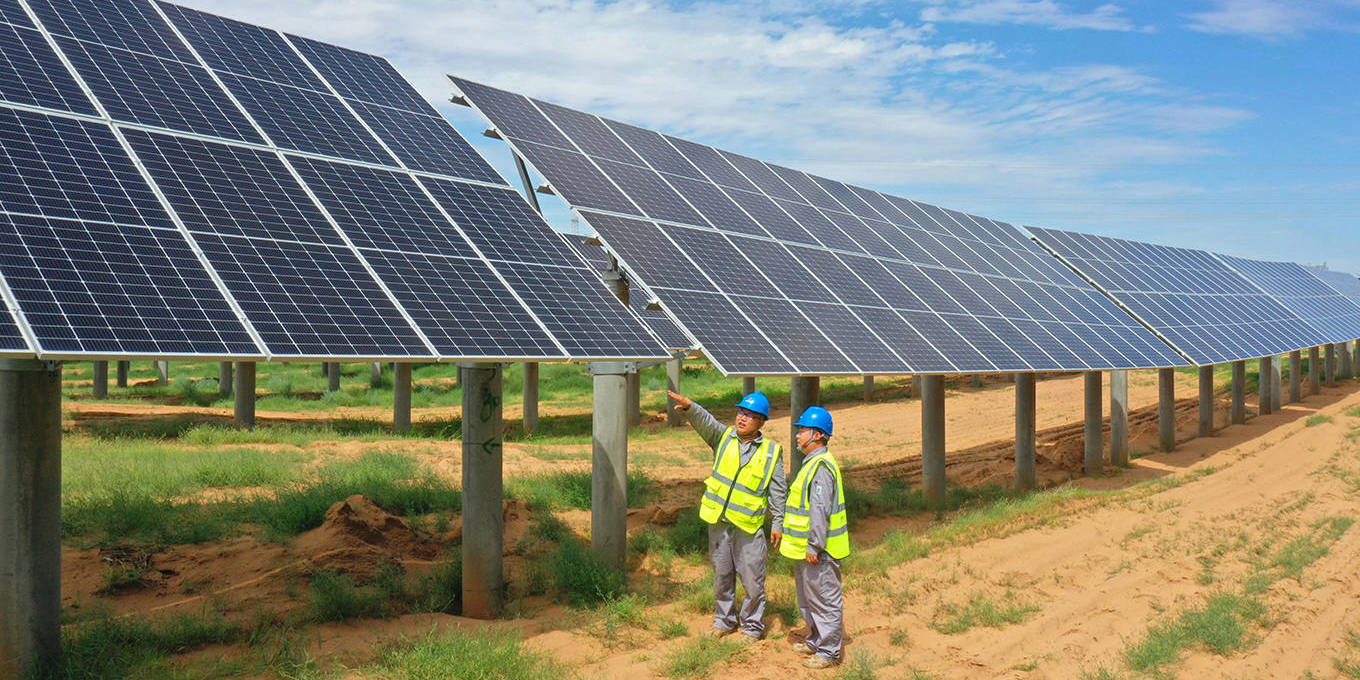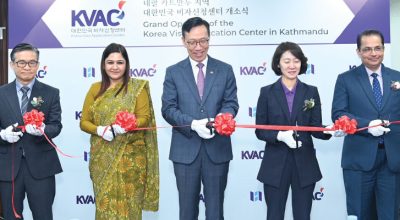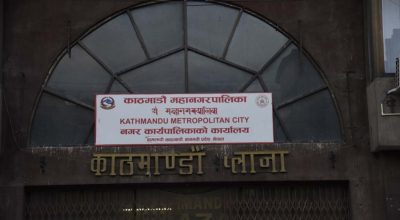
Masyita Crystallin and Marthe M. Hinojales
JAKARTA/SINGAPORE, July 19: Asian countries’ ability to thrive in the world economy over the next few decades hinges on their capacity to sustain their competitive advantages through continuous innovation. But to meet their commitments under the 2015 Paris climate agreement, the region’s economies must overhaul their production, consumption, and resource-allocation strategies, potentially postponing the long-anticipated “Asian century.”
With the latest Intergovernmental Panel on Climate Change report showing that global warming is on track to rise 1.5° Celsius above pre-industrial levels within the next decade, the urgent need to accelerate efforts to mitigate climate change has moved to the forefront of the international policy debate.
In March, shortly after the United Nations warned that the “climate time bomb is ticking,” a gathering of central bank governors from member states of the Association of Southeast Asian Nations (ASEAN) underscored the importance of aligning national policies to support the green transition. Two weeks later, the Spring Meetings of the World Bank and International Monetary Fund focused on the need to reform global institutions to address the climate threat. And at the end of April, more than 100 central bankers and regulators convened in Singapore to explore ways to reach the annual target of $9.2 trillion in green investments required to achieve net-zero emissions by 2050.
Amid conflicting domestic and global priorities, varying levels of climate-risk awareness, and a dearth of comprehensive climate data, the policy debate has been shaped by countries that are better equipped to manage the effects of climate change. Consequently, while the scientific and policy consensus is that cutting greenhouse-gas emissions is the only way to avert climate catastrophe, the impact of emission cuts on Asia’s economies remains uncertain.
There are two main approaches to cutting emissions: reducing economic activity to lower energy demand and implementing industry-specific measures to mitigate emissions. It is easy to see why the first option, which means accepting slower economic growth, is a non-starter for many emerging and developing economies. But with fossil fuels accounting for more than 80% of energy use in China, Japan, South Korea, and ASEAN countries – collectively known as ASEAN+3 – the second path would have profound economic implications as well.
The most likely shock would be an increase in the cost of living. To discourage the use of fossil fuels, governments must make them more expensive, starting with the elimination of the energy subsidies that played a crucial role in supporting consumer spending across the region during the energy price shocks of early 2022.
But even if ASEAN+3 policymakers resist domestic calls to impose a carbon tax, they may be compelled to act, owing to rapidly shifting climate policies elsewhere, such as the European Union’s Carbon Border Adjustment Mechanism, which imposes tariffs on carbon-intensive imports. Either way, Asian exporters will face higher production costs and could be at risk of losing their long-established positions in global trade and supply chains.
Moreover, reducing greenhouse-gas emissions would require the retirement of many of the region’s coal-fired power plants well before they reach even half of their projected lifespan. On average, coal power plants have an operating life of roughly 55 years. While early retirement may not present significant challenges in Europe and the United States, where the average age of a coal-fired plant is about 34 and 41 years, respectively, the average coal plant in ASEAN+3 countries is just 11 years old.
In addition to its significant costs, retiring coal-fired power plants could disrupt livelihoods and communities across the region. To mitigate the adverse socioeconomic effects of this shift, Asian policymakers must ensure a just transition that considers the impact on affected communities. But, given the potential impact of the net-zero transition on ASEAN+3 countries’ finances, energy prices, and exports, the region will most likely face a period of challenging economic conditions before experiencing any improvements.
Still, the net-zero transition is an unavoidable necessity. By taking proactive measures and facilitating the allocation of public and private funding to where it is needed most, ASEAN+3 policymakers could allay the potential impact and sustain the region’s economic prosperity without undermining global climate-mitigation efforts.
To be sure, in recent years ASEAN+3 governments have made significant progress in promoting sustainable and green finance. But the lack of adequate transparency, incentives, and data impedes policymakers’ ability to establish a “greenium” that investors would be willing to pay for the perceived advantages of investing in environmentally friendly instruments.
The lack of a unified global approach to transition financing, which aims to help “brown” (carbon-intensive) sectors become greener, poses another challenge for policymakers. For example, an emissions-reduction project that meets the criteria for a bank loan in ASEAN+3 countries might not qualify for a similar loan in Europe. In the absence of a global transition taxonomy, many foreign investors are understandably reluctant to bear the risk of policy uncertainty and reputational harm associated with funding the region’s “brown” sectors, despite their economic significance.
With the window for decisive climate action rapidly closing, some may question whether the “Asian century” is already passé. But while the shift away from fossil fuels may impede ASEAN+3 countries’ progress toward achieving long-term economic prosperity, the net-zero transition is also a unique opportunity for Asian economies to boost growth and job creation. Countries such as China, with its flourishing electric-vehicle industry, and Vietnam, with its expanding solar capacity, are already capitalizing on growing demand for green energy.
Mobilizing capital is crucial to achieving net-zero emissions. As William Shakespeare reminds us, “If money go before, all ways do lie open.” To create a greener and more resilient region, we must reimagine climate finance in a way that aligns with the unique characteristics of ASEAN+3 economies and unlocks their tremendous potential.
Masyita Crystallin is a senior adviser to the Indonesian finance minister and Co-chair Sherpa at the Coalition of Finance Ministers for Climate Action. Marthe M. Hinojales is an economist at the ASEAN+3 Macroeconomic Research Office.
Copyright: Project Syndicate, 2023.
www.project-syndicate.org












